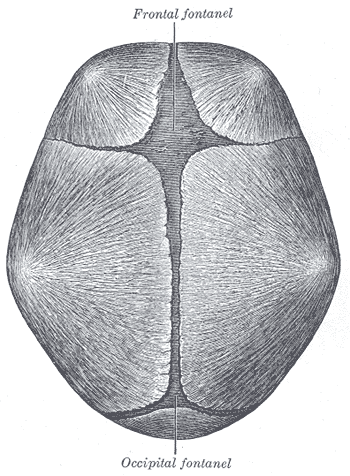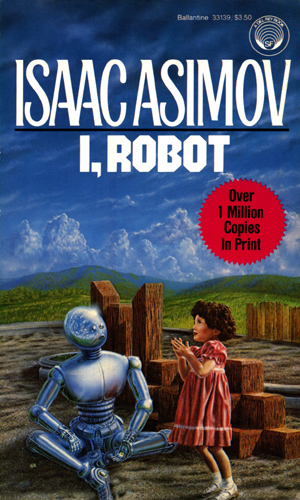Fracture Types

How you break your bone determines what type of fracture you get. Twisting your ankle in a hole will make a different bone break than falling from a roof. Doctors use bone geometry to describe these fracture types. Some geometries are more stable and easier to fix than others.
Fracture Types
- Transverse fracture - meaning straight across. The two ends tend to stay together i.e. it's a stable fracture.
- Comminuted fracture - meaning broken into many pieces. This is bad news as the fragments will find it hard to stay together on their own. This generally needs surgery using pins to hold everything together until the bone heals.
- Displaced fracture - meaning the bone ends are no longer touching. This means they'll have to be reduced back together before healing will occur.
- Greenstick or crush fracture - meaning the bone has not snapped, it's been stretched or crumpled like soft chalk. Great prognosis and common in kids.
- Hairline fracture - this is a small crack in the bone from a repetitive action like running which is so tiny you may not see it on X-ray, but it hurts! This has an excellent prognosis if you give the bone a rest from repetitive injury as the damage is mild.
Another broad classification of fracture types is whether the fracture is 'open' or 'closed'. Open fractures mean that the the skin around the broken bone has split open. Closed fractures mean the skin is intact over the fracture. This difference is important because open fractures need antibiotic cover and may also need external fixation to heal.
There are other kinds of specific fractures as well. These relate to special parts of the body or bone itself.
Stress fractures - Stress fractures are small and result from repetitive force (eg, from overuse); they occur most often in the metatarsals (usually in runners—see Exercise and Sports Injury: Stress Fractures), followed by the fibula and tibia. Symptoms include gradual onset of intermittent pain that worsens with weight bearing and eventually becomes constant. Sometimes swelling occurs.
Growth plate fractures - Bone grows as tissue is added proximally by the epiphyseal disk (growth plate), which is bordered by the metaphysis proximally and the epiphysis distally. The age at which the growth plate closes and bone growth stops varies by bone, but the growth plate is closed in all bones by the end of puberty. If there is question about a growth plate injury or if a fracture is suspected, opposite side comparison x-rays may be helpful.
Clavicle fractures - The usual injury mechanism is a fall on an outstretched arm or a direct blow. About 80% involve the middle 1⁄3 of the bone and are immobilized with a sling. Previously used figure-of-eight braces are no more helpful (and are more uncomfortable) than a simple sling. Reduction is not necessary even for greatly angulated fractures. Clavicle fractures that significantly tent the skin or that involve areas other than the middle 1⁄3 of the bone may require additional intervention.
Distal radial fractures - The usual injury mechanism is wrist hyperextension, usually during a fall. Dorsally displaced or angulated fractures (sometimes called Colles' fractures) are common. Treatment is reduction and immobilization at 15 to 30° of wrist extension. ORIF may be necessary if the joint is disrupted or if there is excessive impaction or shortening.
For more information concerning the above fractures see
http://www.merckmanuals.com/professional/sec21/ch309/ch309b.html
Boxer's/brawler's fracture - This type of fracture is defined as a break through the bones of the hand that form the knuckles. Some doctors use the term "brawler's fracture" rather than "boxer's fracture" because a boxer is not likely to get this injury. The less well-trained brawlers have to learn how to punch without hurting themselves. (Also commonly caused by wall punching.) http://www.emedicinehealth.com/boxers_fracture/article_em.htm
Fun Fact - Multiple studies have shown a significant difference in the healing time of bone between groups of smokers and non-smokers. One study showed that the average time until complete healing was over 2 months longer in the smokers.






















